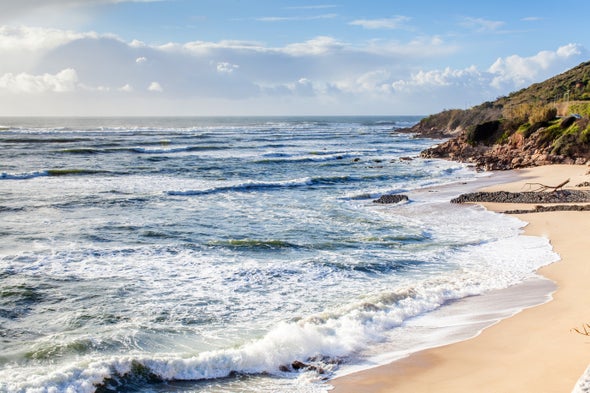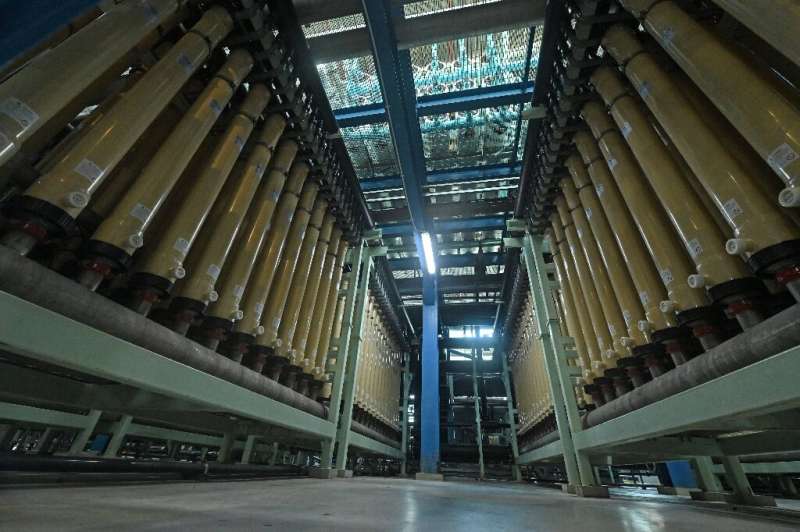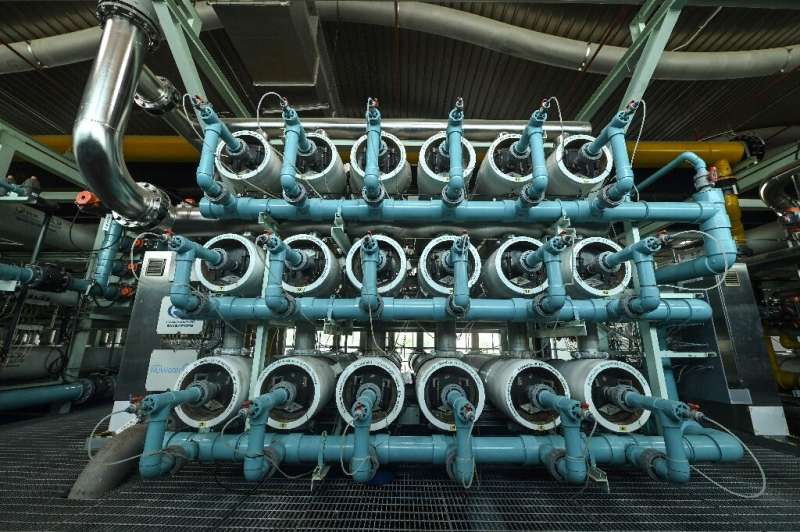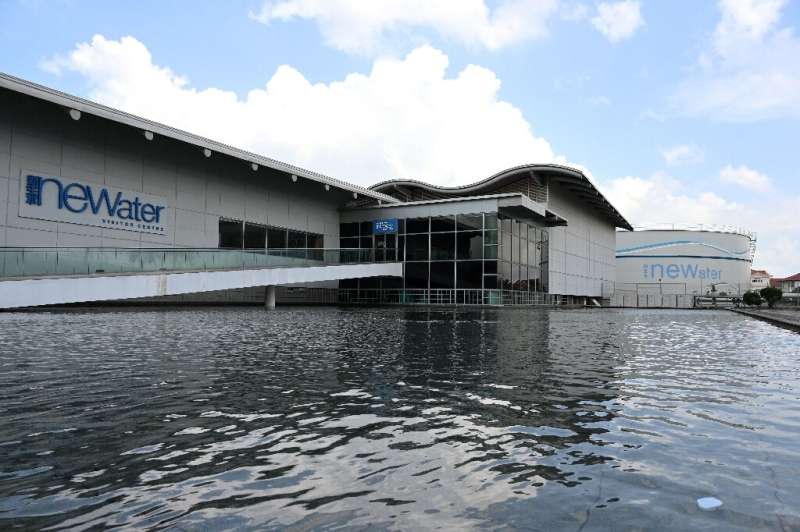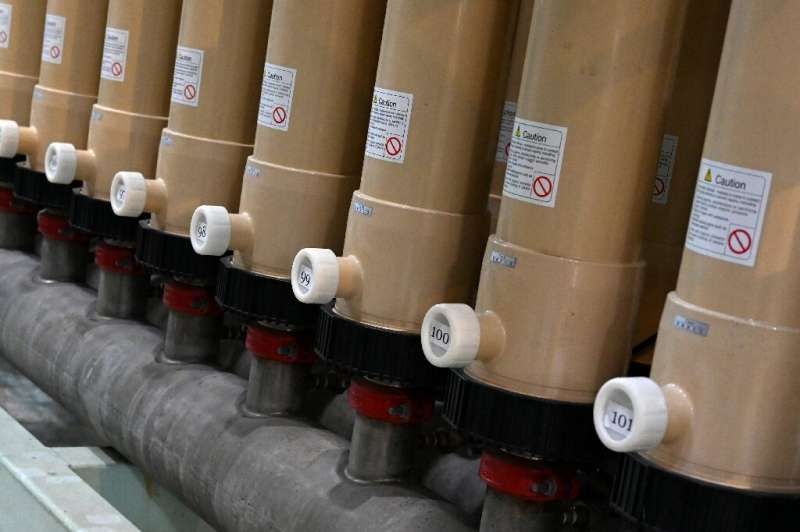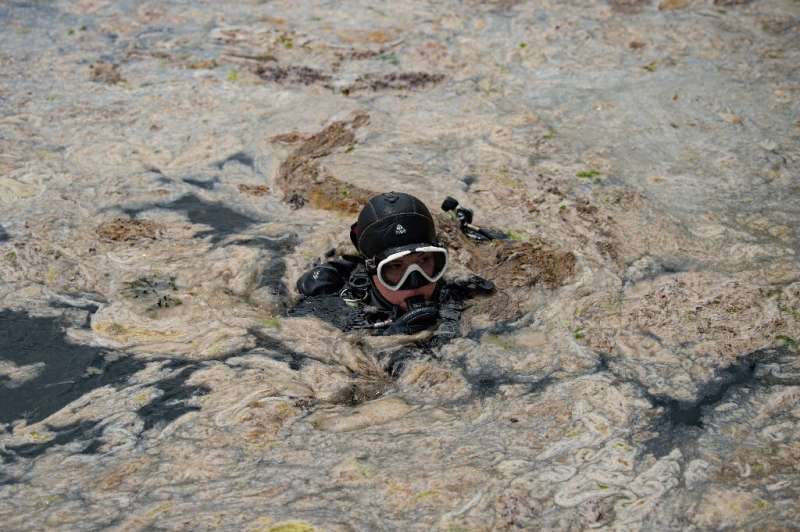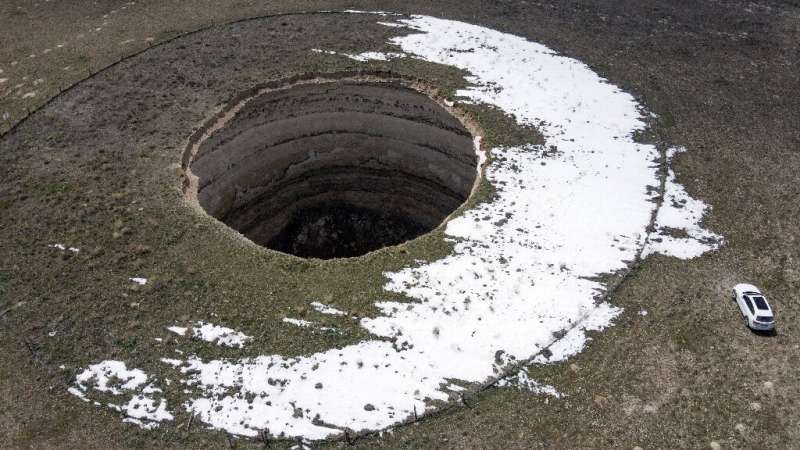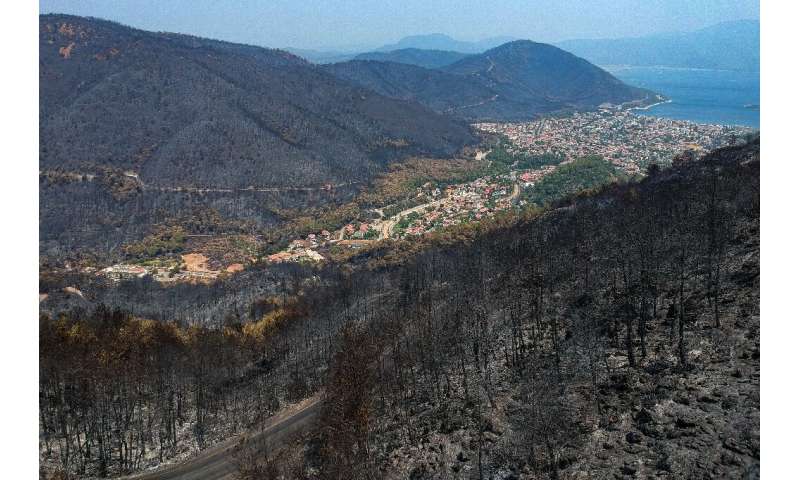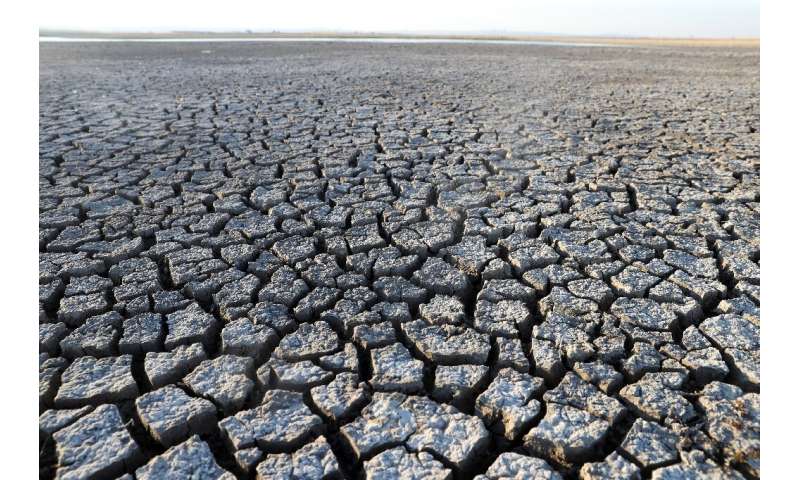Rising seas force dune and beach movement

Flinders University's Professor Patrick Hesp and fellow coastal scientists Christa van IJzendoorn, Sierd de Vries and Caroline Hallin from the Delft University of Technology in The Netherlands have measured the vertical translation of the dune toe along the Holland coast, and found it has increased a remarkable 7-to-8 times greater than the measured sea level rise.
Professor Hesp, Strategic Professor of Coastal Studies at Flinders University, believes this proof that rising sea level is affecting coastal dunes should serve as a serious early warning sign about escalating environmental threats due to global warming.
"Sea level is rising due to climate change and is influencing the development and dynamics of coastal dunes," says Professor Hesp.
"As sea level rises, we would expect to see the foredune at the back of the beach to translate landwards and vertically," says lead author Christa van IJzendoorn. "However, this has been difficult to observe until now due to the 'noise' generated in the beach-dune survey data due to normal erosion and accretion from storms and calmer periods."
In the Netherlands, coastal dune profiles have been measured annually since 1965 along the entire Dutch coast—serving as a measured warning system against flooding threats to the low-lying country. This information provides the largest dataset of measured coastal profiles in the world, underlining the importance of the new findings.
The study—"Sea level rise outpaced by vertical dune toe translation on prograding coasts", by Christa van IJzendoorn, Sierd de Vries, Caroline Hallin and Patrick Hesp, published in Nature Portfolio's Scientific Reports—compares the response of Holland's coastal dunes to sea level rise by tracking the horizontal and vertical dune toe position in an extensive dataset using measured coastal profiles.
The dune toe is defined as the boundary between the backshore limit and the seaward edge of the dunes—and the observed vertical dune toe translation coincides with seaward movement of the dune toe.
Professor Hesp says the current dune movements show similarities to prograding coasts in the Holocene Era (post-10,000 years BP), both along the Dutch coast and elsewhere. "Because of this, we suspect that other locations besides the Dutch coast might also show such large ratios between sea level rise and dune toe elevation increase," he says.
The report provides evidence of dune translation characterized by a linear increase of the dune toe elevation by 13–15 mm/year during recent decades along the Dutch coast.
This shows that dune translation is outpacing sea level rise, with the trend in sea level rise along the Dutch coast being linear and consistent at a rate of 1.9 mm per year. It also shows that the dune toe is moving seaward at 1-meter per year due to sand nourishments regularly carried out by the Netherlands authorities.
Professor Hesp suggests this new report may change the evaluation, implementation and planning of future climate change adaptation measures along the coast.
Citing a local example, he says nourishments along the Adelaide coast need to be significantly increased in volume to keep up with sea level rise, if we are to retain our metropolitan beaches.
"We need to continue, expand and increase the regularity of the surveying of our beaches in South Australia, currently conducted by the Department for Environment and Water, so that we can better understand the past impacts of beach-dune changes," says Professor Hesp.
"This will enable us to detect beach and dune movements related to sea level rise in the future."The landscapes we are familiar with are disappearing due to the changing climate
More information: Christa O. van IJzendoorn et al, Sea level rise outpaced by vertical dune toe translation on prograding coasts, Scientific Reports (2021). DOI: 10.1038/s41598-021-92150
Provided by Flinders University



